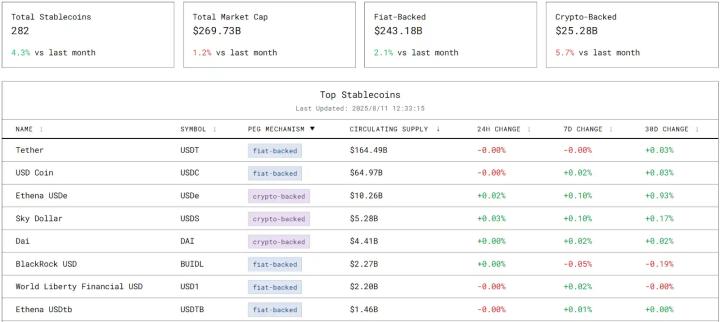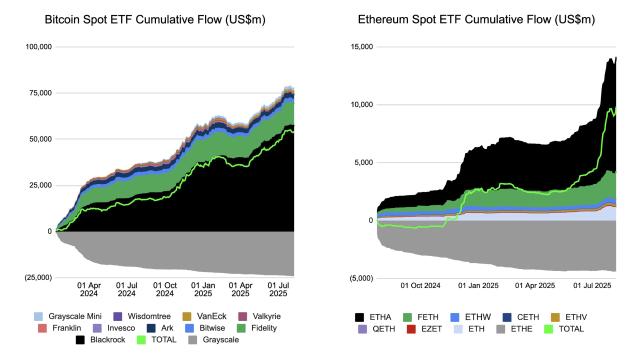Written by: Azuma (@azuma_eth)
Last night, Binance Alpha tokens ZKJ and KOGE experienced a flash crash, suffering a "knee-cutting" level of decline under the influence of an unknown whale potentially withdrawing liquidity and dumping.
For a long time, ZKJ and KOGE, as the two tokens with the most abundant liquidity and lowest pool fees (0.01%) on Binance Alpha, have been the primary choices for users to farm points on Binance Alpha - previously mainly trading between the two tokens, but Binance has now issued a new announcement prohibiting trading between Alpha tokens.
After yesterday's "harvesting", many users felt somewhat confused this morning about whether to continue participating in Binance Alpha, with some potentially choosing to quit, while others still believe there are potential earnings expectations, but are unsure which tokens to trade after avoiding ZKJ and KOGE.
"Efficiency" and "Wear"
First, it needs to be clarified that the two key elements users need to focus on when farming points on Binance Alpha are "efficiency" and "wear".
"Efficiency" refers to the number of points earned per unit of trading volume.
Starting from May 1st, Binance launched a points incentive activity, which doubles the trading volume for BSC Alpha tokens and limit orders. In this context, choosing to trade BSC Alpha tokens or using limit orders is undoubtedly more efficient. However, considering situations like last night's flash crash, it is not recommended to use limit orders that amplify uncertainty and prolong operation time, but rather directly choose BSC Alpha tokens for instant market price trades.
"Wear" covers multiple aspects, such as safety, transaction fees, and slippage.
Safety can be referenced from yesterday's flash crash. Most Alpha tokens are not suitable for long-term holding (and LP formation is not recommended except for a few tokens), so the recommended approach is still "instant in and out, without lingering".
Transaction fees and slippage are the main focus of this article. Currently, BSC Alpha tokens mainly use PancakeSwap to form liquidity pools, with fee levels ranging from 0.01%, 0.05%, 0.25% to 1%, obviously tokens with 0.01% pool fees will have lower wear; slippage is mainly affected by the pool's liquidity, so we should prioritize tokens with larger pool liquidity for trading.
PancakeSwap Pool Situation
The following image is sorted based on pool size for Alpha tokens with 0.01% liquidity fees on PancakeSwap, hoping to help with your subsequent farming operations.

Afterword
The above presents the objective liquidity situation of all BSC ecosystem Alpha tokens with 0.01% liquidity pool fees. However, in specific operations, there are some tricks to reduce wear - such as some users observing K-line trends to buy and sell during upward trends to offset trading wear. But personally, I'm not skilled at this and may easily lose balance due to misjudgment, so it's not recommended for users with average trading intuition.
I want to add two more points.
First, Binance Alpha's gameplay is essentially a game between expected earnings and cumulative costs. After the collapse of the most liquid ZKJ and KOGE, users choosing other tokens will likely experience higher wear. Therefore, users need to evaluate the expected number of airdrops or new token participation every 15 days based on their points status, and then estimate earnings and risk-return situations according to wear.
Second, after this incident, Binance Alpha will likely modify subsequent gameplay rules, so users need to pay attention to rule changes in a timely manner.







